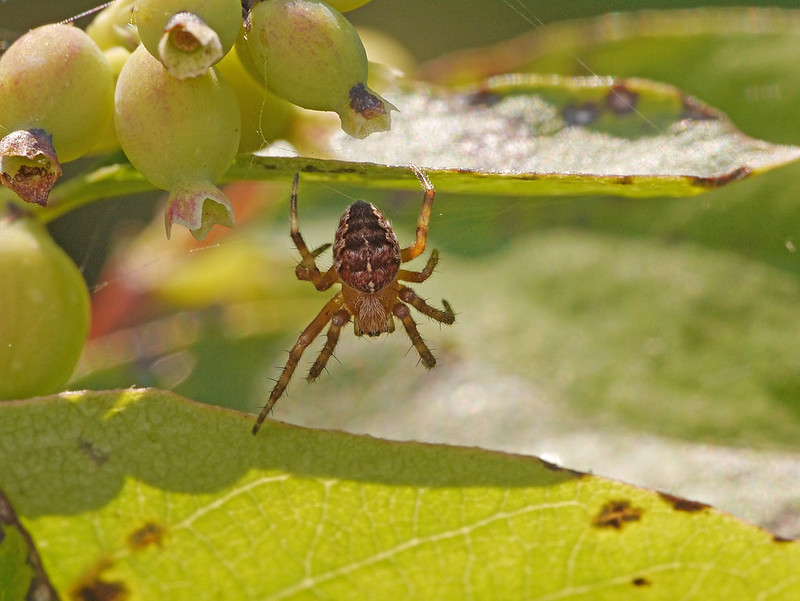The ring flash I have I always use it in continuous light mode ...The reason i shoot in continuous light mode is the 1/100 hold back.
OK, understood.
I have a very strange way of doing things with lighting, depending which set up i'm using. I don't actually mount the flash on the hotshoe, which means i can use the onboard flash (i have no other flash units) which helps in really low light situations.
OK. That makes sense.
The reason i only use the ringflash at night is because i didn't really think i would benefit from using a continuous light source in the daylight.
Adding illumination to a daylight scene can help, for a couple of reasons.
If the daylight is bright (in direct sun) then the lighting can look very harsh, with very deep (even featureless black) shadows, for example on the underside of the subject. Adding light ("fill") to the scene can smooth out the illumination, making it less harsh and providing visibility in the shadows.
Daylight often isn't very bright, especially if you are photographing in the shade. Depending on what aperture you use (see below), you may need some extra illumination to get a fast enough shutter speed.
shot #1 was with onboard flash, and natural light (no ring flash on continuous)
shot #2 was without anything other than natural light, i couldn't use onboard flash because of the length of putting on extra extension tubes, the light didn't reach the subject.
shot #3, 4 and 5 were all shot with onboard flash and no ringflash.
Ah, ok, so we've got no examples using the ring flash, either as flash or continuous.
My reasoning behind the f/8 on the 50mm and f/22 on the 70-300, is purely based on trial and error. Obviously extension tubes make the world a dark place, and with my poor light options i settled at f/8, do you think i could do with closing the lens up some more?
Quick answer. Maybe, but probably not much. It depends on the magnification. You might want to skip what follows and just experiment to see what works for you.
Long answer.
This gets a bit complicated I'm afraid. It depends whether you are using the Raynox or the extension tubes. Let's deal with the extension tubes first. The situation with the Raynox is much simpler and easy to explain.
If you are using extension tubes then the aperture you are using is smaller than the aperture you set on the camera. How much smaller it is depends on how much magnification you are using.
Let's call the aperture you set on the camera the "nominal" aperture. Let's call the aperture you are actually using the "effective" aperture. They are related by this formula.
Effective aperture = Nominal aperture * ( 1 + magnification )
For example, if the magnification is 1:1 (also known as 1x), the image on the sensor is the same size as the scene. If you have 1:1 magnification with your 600D then the width of the scene is 22.5mm, because that is the width of the sensor in your camera. In this case, if you set the aperture on the camera to f/8 (so that is the Nominal aperture), then
the Effective aperture = 8 * ( 1 + 1), which is f/16.
As the magnification increases, the effective aperture gets smaller, and because of this the viewfinder gets darker. As the aperture gets smaller the depth of field gets larger, which is good for close-ups/macros. However, as the aperture gets smaller the sharpness and detail of the image gets degraded because of diffraction. So you need to choose an effective aperture that gives a good (to your eye) balance between increasing depth of field and decreasing sharpness/detail.
So, exactly what aperture you are using (the effective aperture) depends on how much magnification you are using. You can tell how much magnification you are using with your extension tubes by taking pictures of the mm scale on a ruler. If the image is 22.5mm wide it is 1:1, or 1x magnification. If the image is 45mm wide it is 1:2, or 0.5x magnification. If the image is 11mm wide it is 2:1, or 2x magnification. Etc.
If you take a ruler picture with your 50mm lens with each combination of extension tubes (7, 14, 7+14, 28, 28+7, 28+14, 28+14+7), you will be able to work out what magnification you are getting for each of the six options. From that you can work out for any of the six combinations what the effective aperture is for any aperture that you set on the camera.
Opinions differ as to what a good effective aperture is, and it also depends on the scene and the subject matter. You'll need to experiment and find out what works for you, but as a starting point I suggest not using an effective aperture of less than f/32. What that means in terms of the aperture you set on the camera when you are using extension tubes is something you would need to work out in the way I've described above. I wouldn't be surprised if using all three extension tubes on the 50mm lens gives you a magnification of a bit more than 1:1, in which case f/11 or so would probably be the smallest sensible aperture.
The situation with the Raynox on the 70-300 is very straightforward. The aperture you set is the aperture you get. The Raynox doesn't change the aperture. It doesn't matter what the magnification is. And this is why the viewfinder doesn't get darker when you use the Raynox. f/22 is fine IMO (and even f/32 if you are at the long end of the 70-300), but many people won't use an aperture that small. As with the extension tubes, you are the only person who can decide what looks ok to you.
FWIW here is an f/32 image using a Raynox (not sure if it was the 150 or 250) on my 55-250 on my 70D (natural light, tripod).
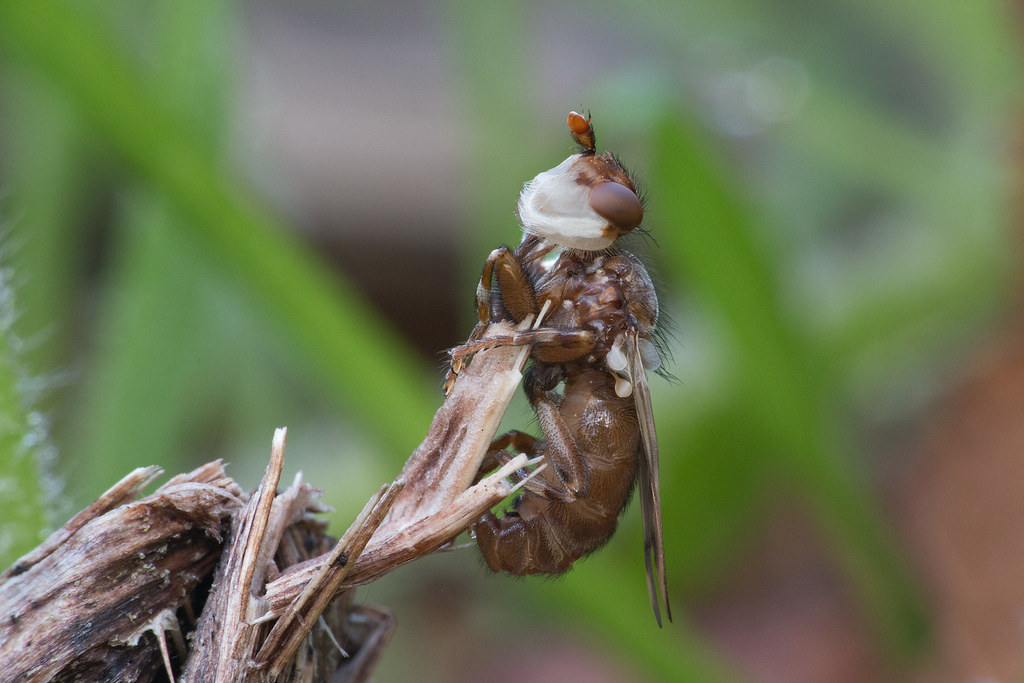
0505 4b Myopa 2014_04_09 IMG_3551-Edit PS1 PSS3 by
gardenersassistant, on Flickr
There is no diffusion on any flash, mainly because i'm only using onboard, and the methods i've seen for diffusing onboard flash and extending it to reach the subject seem rather time invasive methods, using a whole lotta duct tape, and since this is my only camera body, it doesn't really seem that beneficial, or is it?
Very definitely. Have a look at
this page from Mark Berkery. Search for "Velcro" on that page, and you'll see the way he diffuses his on board flash. Scene illumination makes an absolutely huge difference for close-ups/macros (IMO).
I have done as you suggested and popped the RAW files on dropbox, which the link will be below. I hope you have fun with them

I don't see a link yet unfortunately.
The reason i usually PP my shots 3-4 times is because of my poor monitor, causing everything to be a faff!
You might want to look at these test pages and see if you can adjust the brightness and contrast of your screen to see if you can improve what you see of the test pages.
http://www.lagom.nl/lcd-test/black.php
http://www.lagom.nl/lcd-test/white.php
http://www.lagom.nl/lcd-test/gamma_calibration.php
 Macro set 1 by K Stanley, on Flickr
Macro set 1 by K Stanley, on Flickr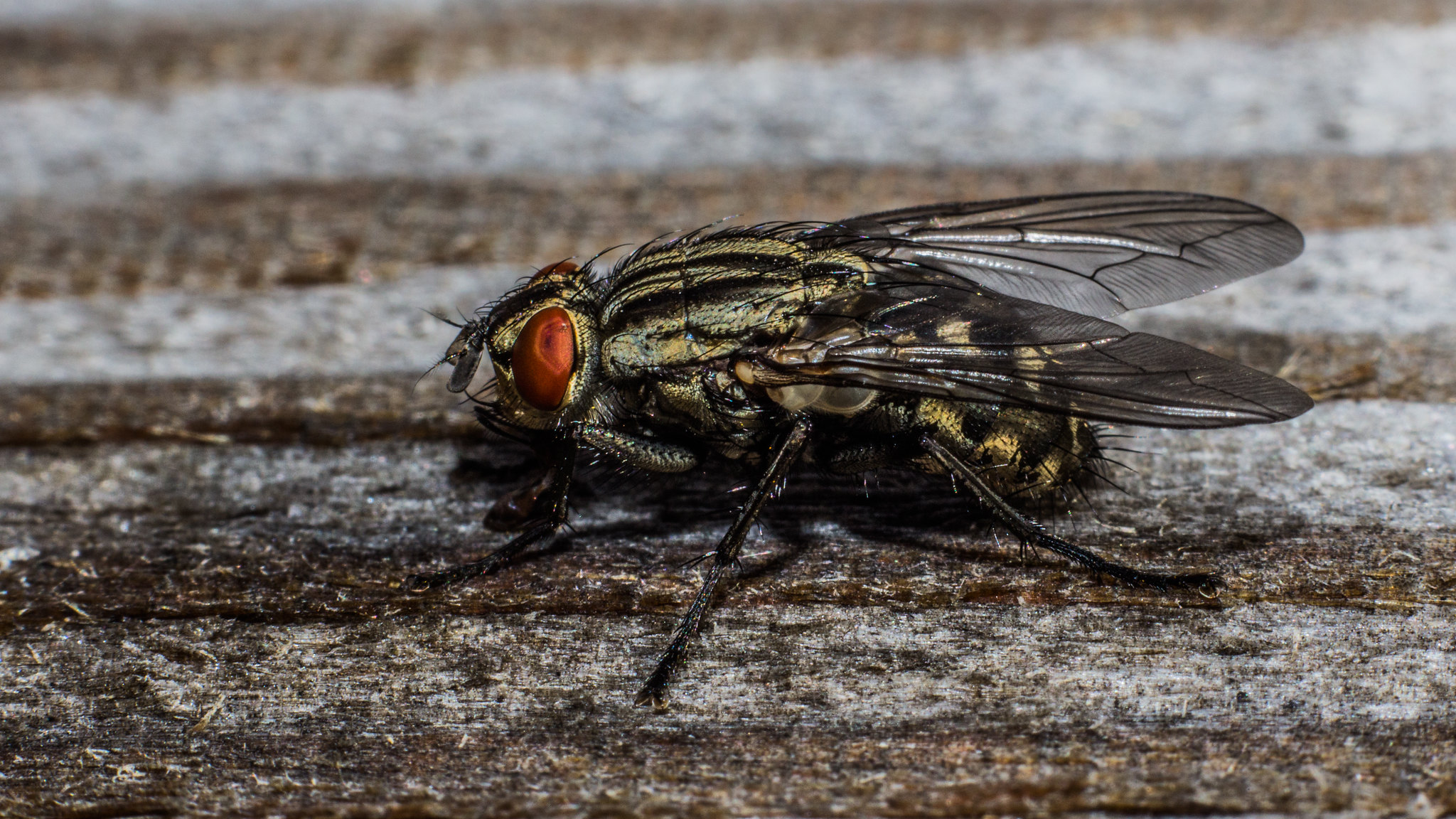 IMG_7540 by K Stanley, on Flickr
IMG_7540 by K Stanley, on Flickr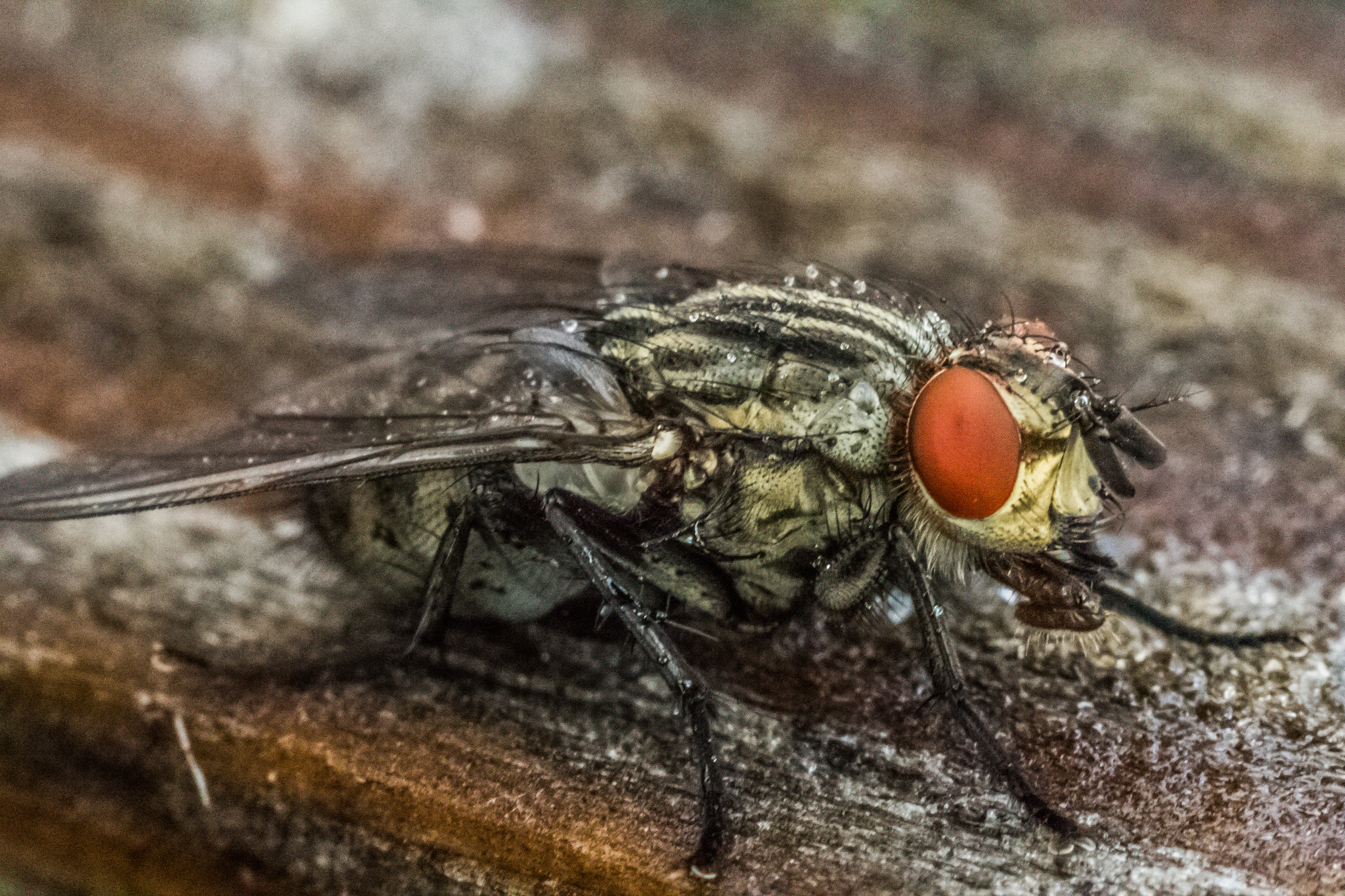 IMG_7596-1 by K Stanley, on Flickr
IMG_7596-1 by K Stanley, on Flickr Macro set 2 by K Stanley, on Flickr
Macro set 2 by K Stanley, on Flickr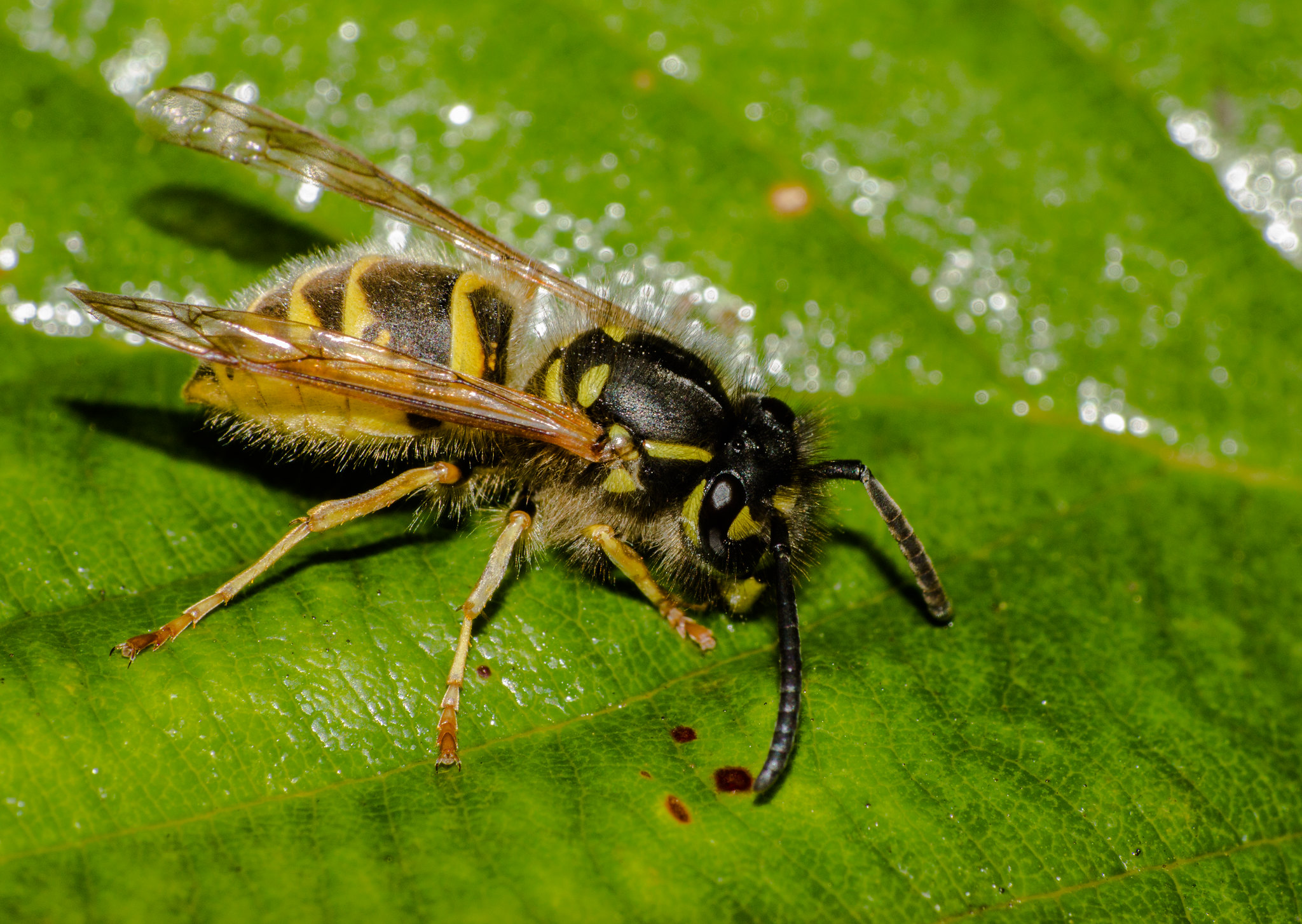 IMG_7666-1 by K Stanley, on Flickr
IMG_7666-1 by K Stanley, on Flickr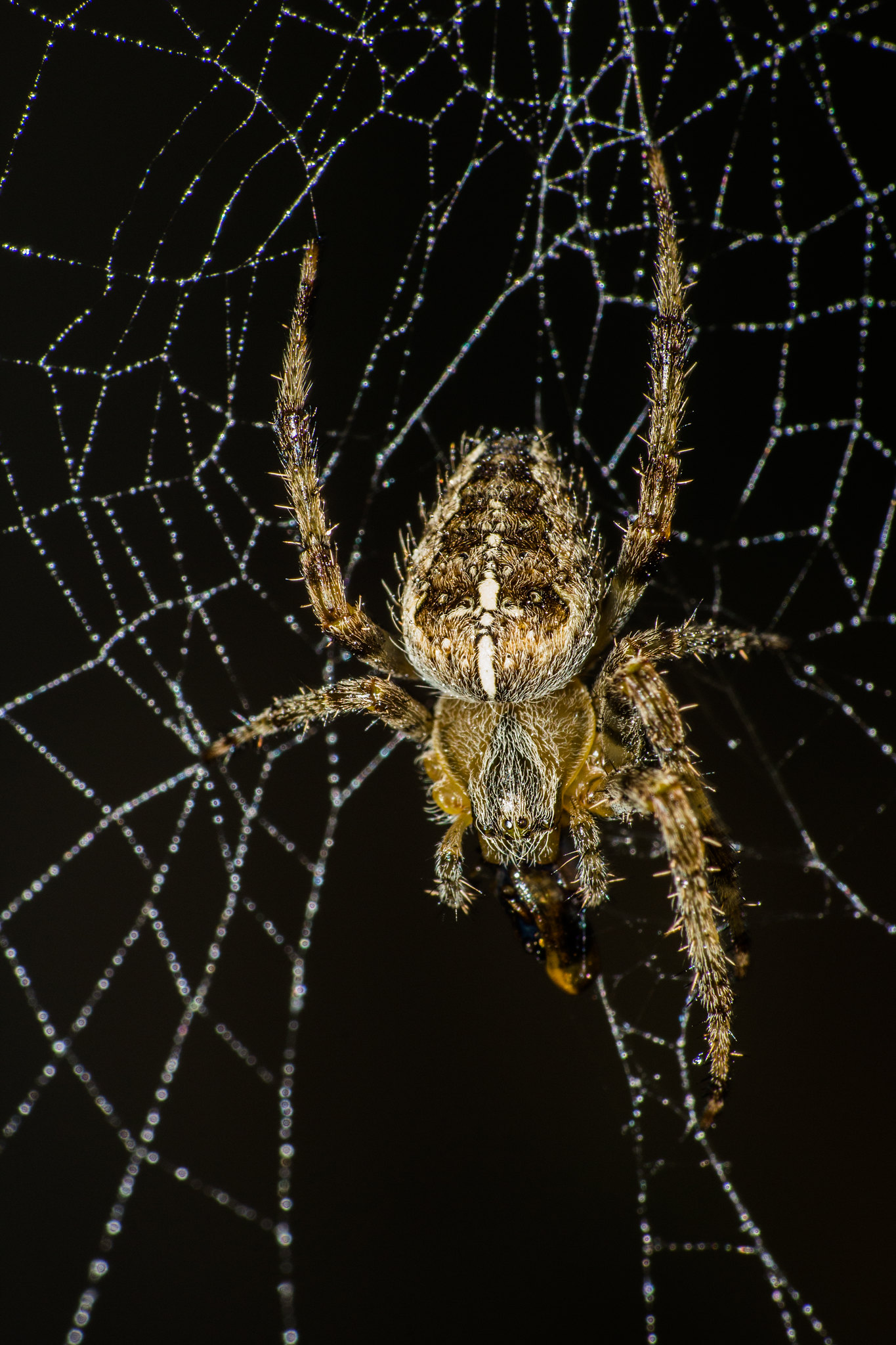 IMG_7684 by K Stanley, on Flickr
IMG_7684 by K Stanley, on Flickr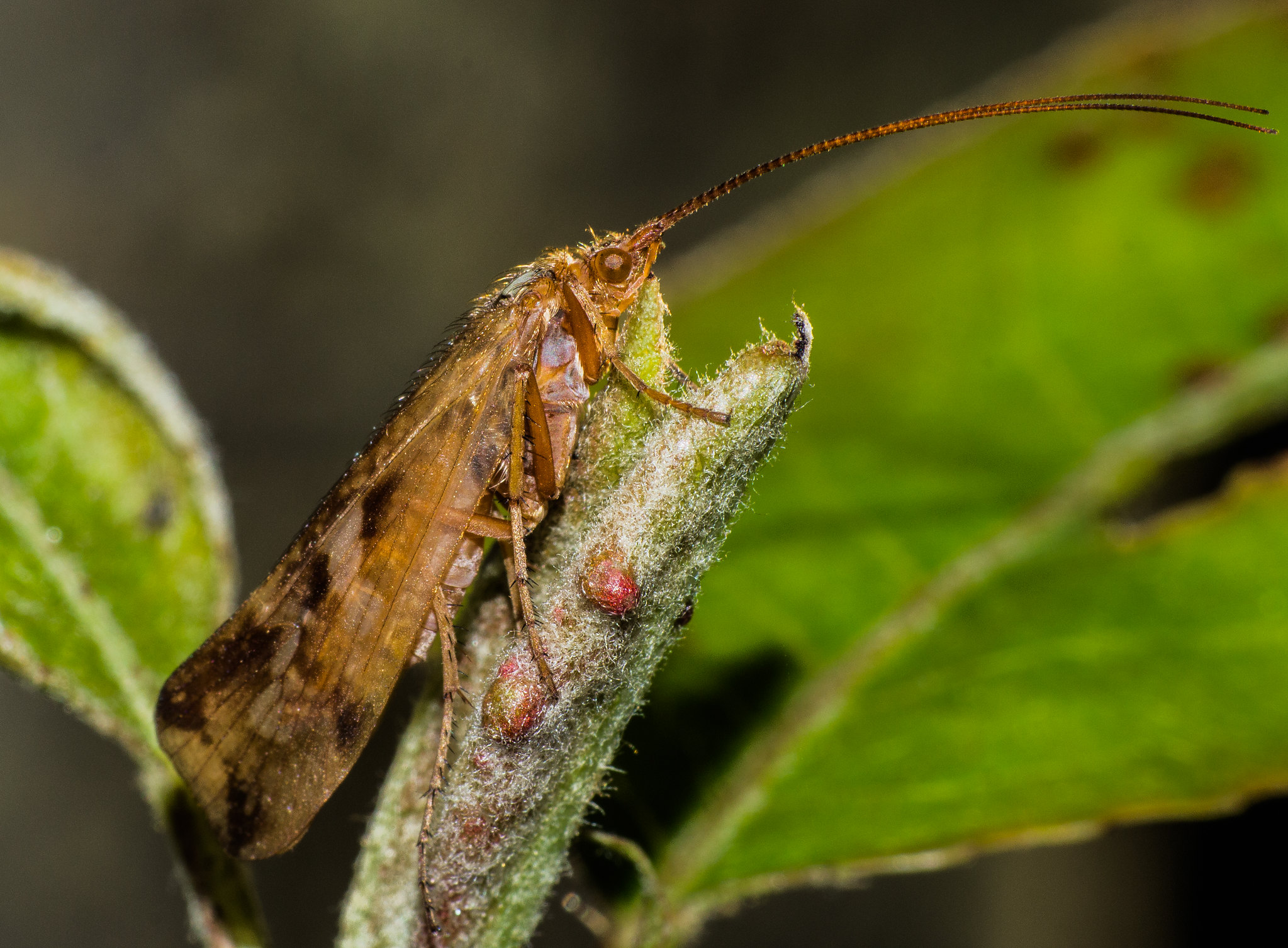 IMG_7693 by K Stanley, on Flickr
IMG_7693 by K Stanley, on Flickr
 Macro set 1 by K Stanley, on Flickr
Macro set 1 by K Stanley, on Flickr IMG_7540 by K Stanley, on Flickr
IMG_7540 by K Stanley, on Flickr IMG_7596-1 by K Stanley, on Flickr
IMG_7596-1 by K Stanley, on Flickr Macro set 2 by K Stanley, on Flickr
Macro set 2 by K Stanley, on Flickr IMG_7666-1 by K Stanley, on Flickr
IMG_7666-1 by K Stanley, on Flickr IMG_7684 by K Stanley, on Flickr
IMG_7684 by K Stanley, on Flickr IMG_7693 by K Stanley, on Flickr
IMG_7693 by K Stanley, on Flickr


 , considering i was just finally getting back on my feet and bought my first car! Now i have to use my leftover money to sort other priorities out unfortunately.
, considering i was just finally getting back on my feet and bought my first car! Now i have to use my leftover money to sort other priorities out unfortunately.
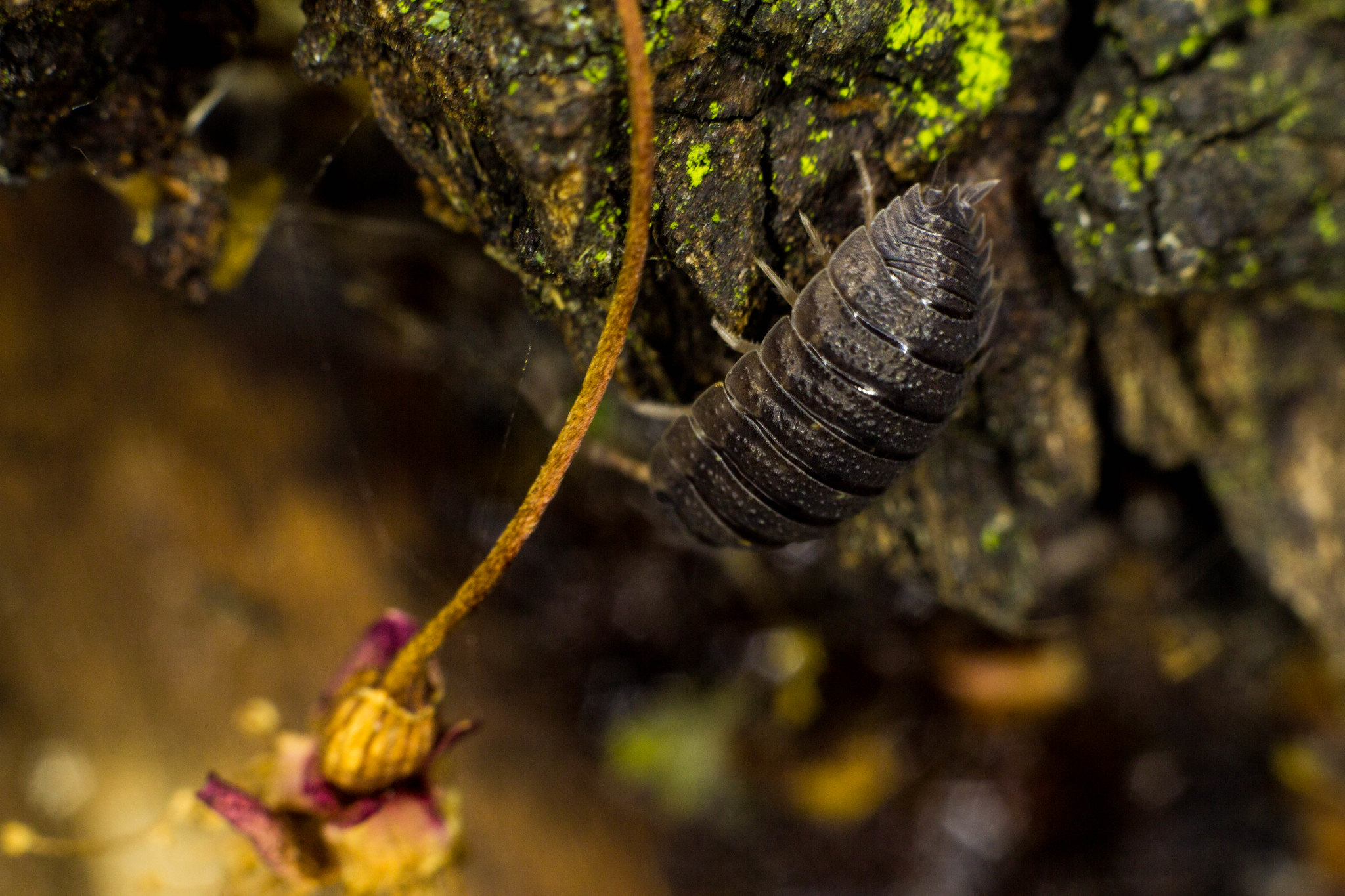 Woodlouse
Woodlouse